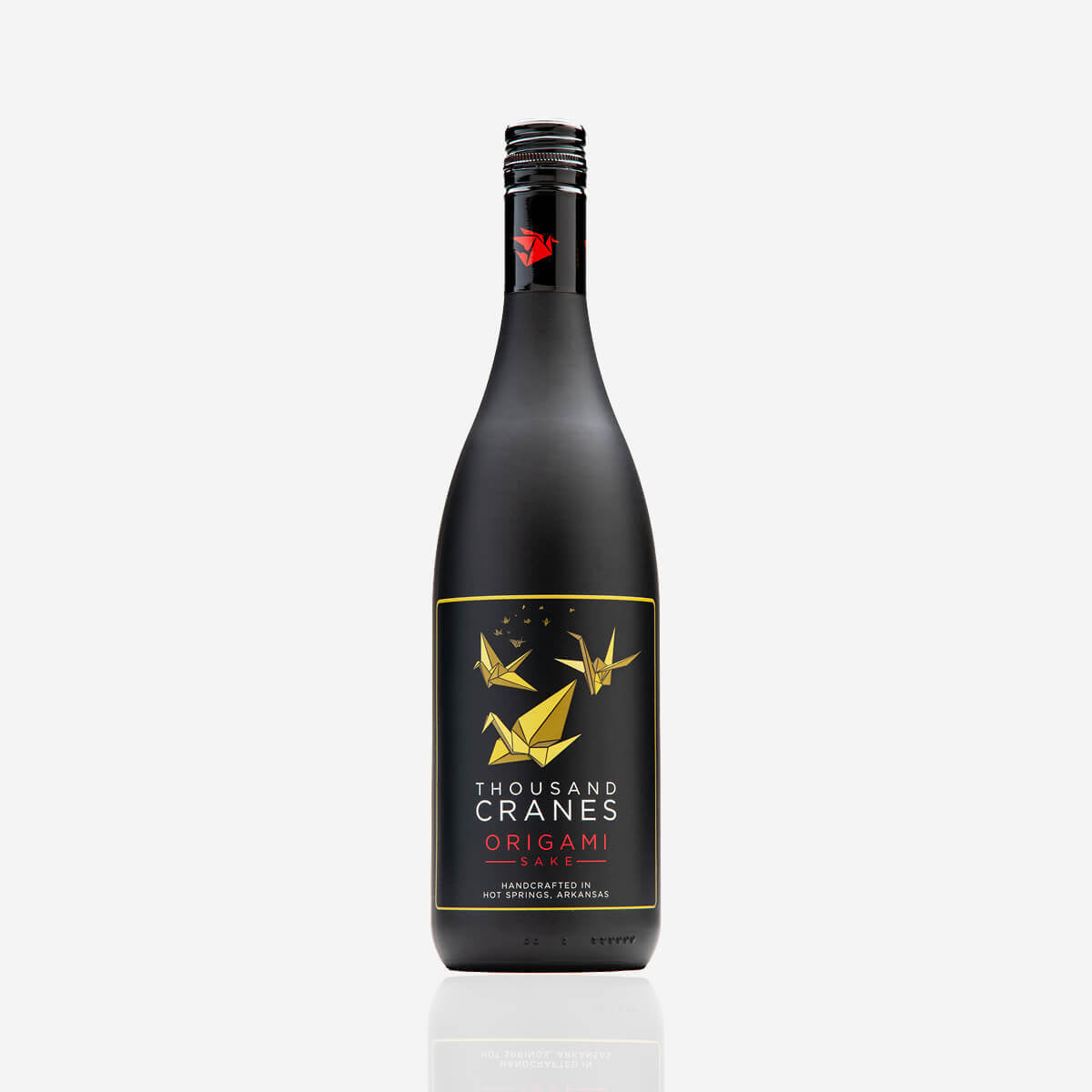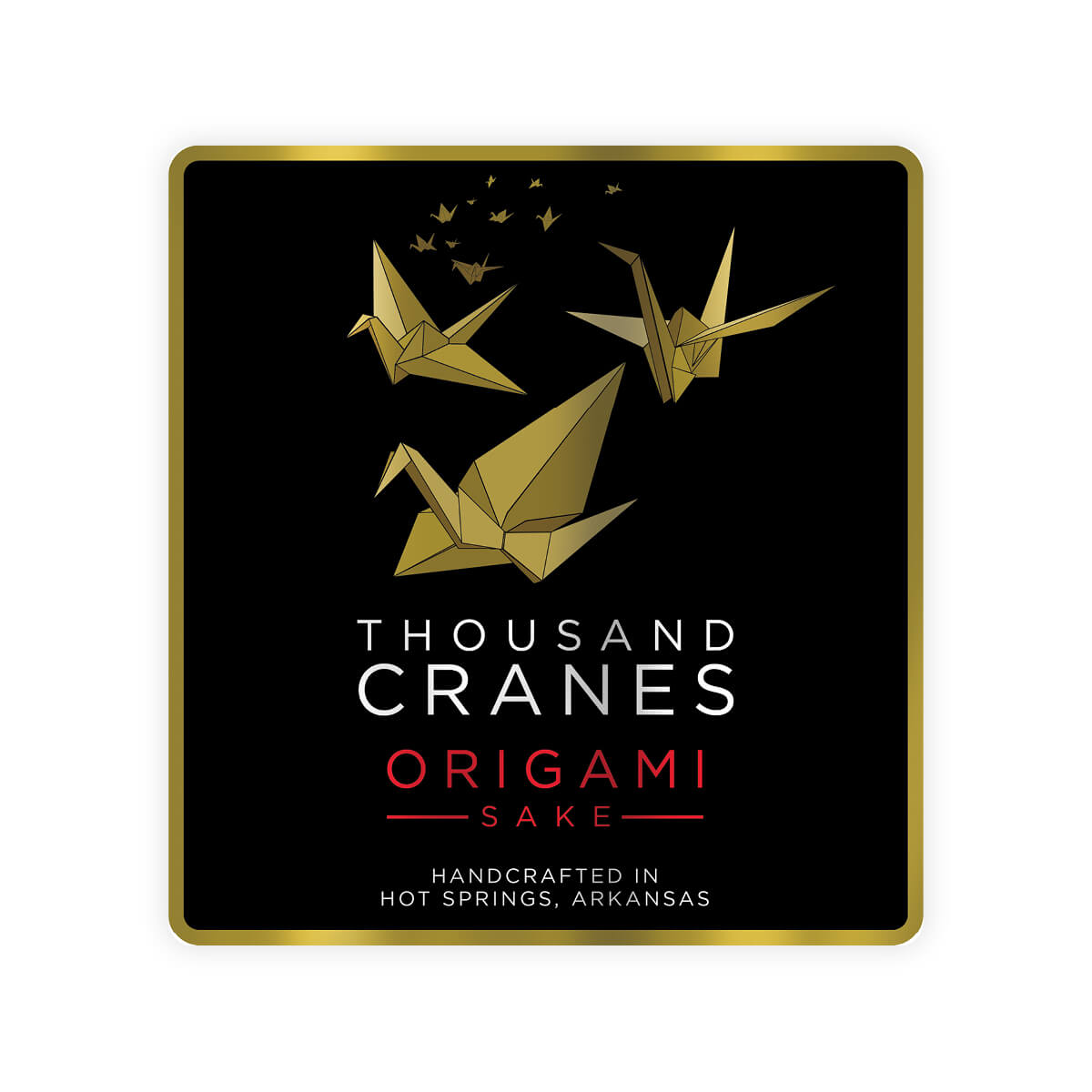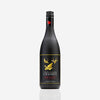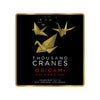Origami Sake “A Thousand Cranes”
Good luck for a potluck
Named for a Japanese good luck symbol, this 100% American-made junmai is a versatile food-pairing sake, complementing umami-rich foods such as ramen, smoked salmon, and hamburger with Gouda cheese. Enjoy its notes of pear and ripe melon alongside its savory quality, acidity and crisp finish. It is Kosher certified, gluten free and vegan, so you can feel absolutely comfortable giving it as a gift or bringing it to your next potluck!
Characteristics
| Brand | Origami Sake |
| Brewery | Origami Sake |
| Category | Junmai |
| Subcategory | N/A |
| Taste Profile | Rich & Dry |
| Rice variety | Yamadanishiki (grown in Arkansas), Rice grown in Arkansas |
| Yeast variety | N/A |
| Alcohol | 14.5% |
| RPR | 70% |
| SMV | -7.0 |
| Acidity | 2.5 |
Serving Temperature

-
 Recommended
Recommended
-
 Not Recommended
Not Recommended
Taste Metrics
Tasting Notes
-
Melon

-
Pear

Recommended Pairing
-
Cheese

-
Seafood

-
Meat

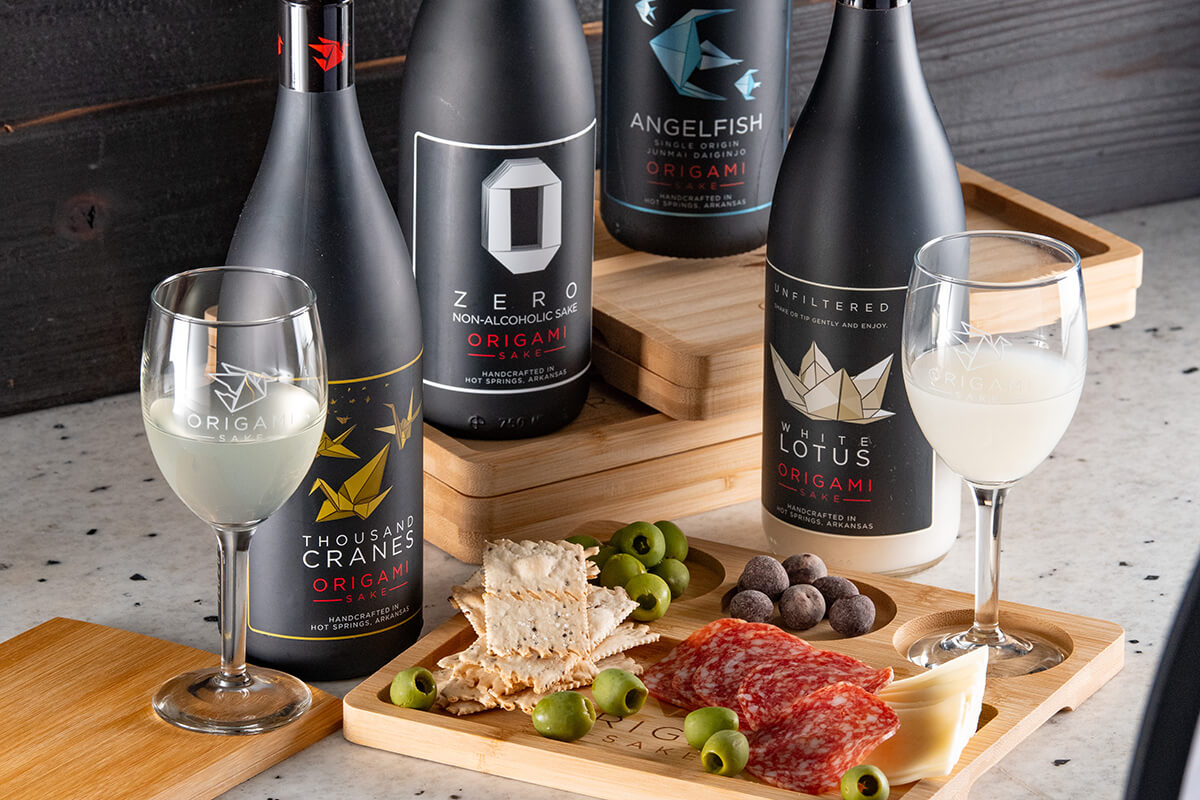
Origami Sake
This Arkansas brewery uses 100% American resources, from the mineral water of the Ouachita Mountains to the locally grown sake rice of Isbell Farms. However, their expertise in sake can be traced to Japan, where Vice President Ben Bell completed a two-year brewing residency with Nanbu Bijin before teaming up with Matt Bell — no relation — at Origami Sake. Matt, the brewery’s president and CEO, fell in love with sake while working as a wine specialist. Origami Sake is not just a brewery, but also a research center for sake. They are determined to lead the rediscovery of sake in America.
Learn more
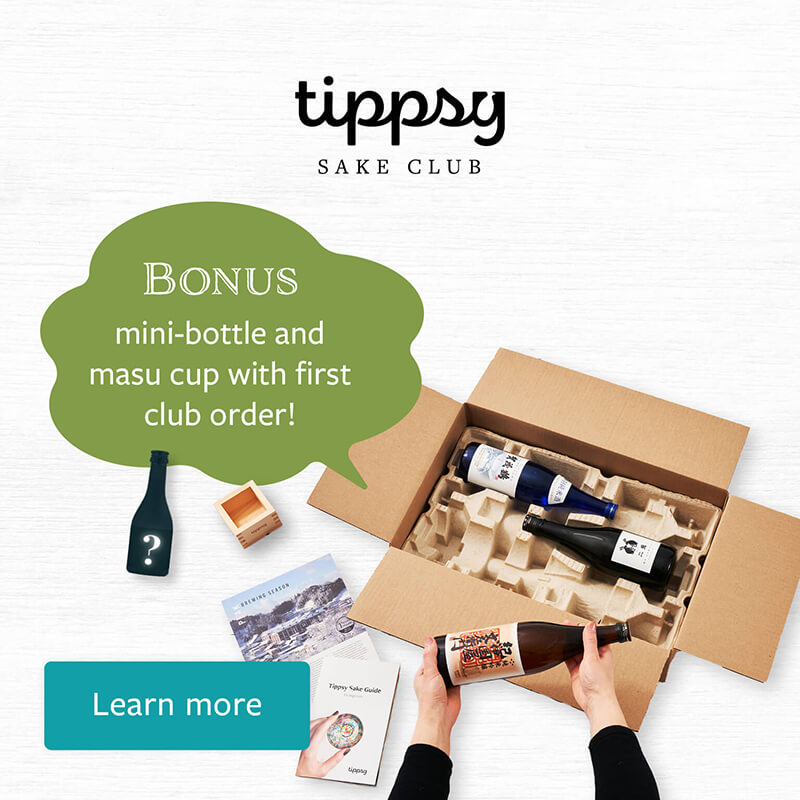
Customer reviews
Tippsy Sake Club
Our sommelier will recommend sake according to your taste when you join Tippsy Sake Club. Also enjoy:
- Members-only prices
- Discounted shipping
- An exclusive sake cup with your first club order
- and more!
All about sake
-
 Introduction
Introduction
Welcome To Your Sake Journey!
-
 Lesson 1
Lesson 1
What Is Sake?
-
 Lesson 2
Lesson 2
What Is Sake Made of and How Is It Made?
-
 Lesson 3
Lesson 3
What Is Rice Polishing Ratio?
-
 Lesson 4
Lesson 4
Types of Sake
-
 Lesson 5
Lesson 5
How To Store Sake
-
 Lesson 6
Lesson 6
How To Drink and Serve Sake
-
 Lesson 7
Lesson 7
Food Pairing Guide
-
 Lesson 8
Lesson 8
Best Sake Bottles and Brands for Beginners

